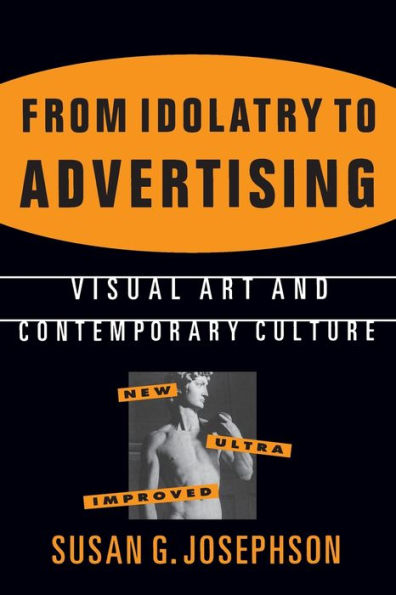This book is also the story of how art interacts with technology. In my work in Artificial Intelligence research I saw that there is an intimate connection between the evolution of design in engineering and design in art. In both sorts of design there is a growing understanding of how to make and use levels of packaging, and how to approach things from the functional perspective of the artifact. This is discussed in Chapter 4. My talk in Chapter 1 of how art styles affect us also reflects this functional approach. That is, instead of approaching art styles in the traditional ways, I have approached them in terms of the tasks of vision and how art delivers information packaged to be understood at different levels of visual processing. Using this functional approach, I stress what art does for us rather than what art is.
I also tried to address the evolution of culture given the mass media and mass market, and the role of art in the growing marriage between television and computer. As I thought about computers in my work in Artificial Intelligence, I saw that a new sort of idolatry was arising where ^he computers were being asked to be infallible experts giving us advice on everything from taxes to marriage problems and our health. I saw that computers were being used not just as art tools and artists, but also as art objects like the ancient idols. This started me thinking about how other ancient functions of religion were being filled by advertising and the media.
This book is also the story of how art interacts with technology. In my work in Artificial Intelligence research I saw that there is an intimate connection between the evolution of design in engineering and design in art. In both sorts of design there is a growing understanding of how to make and use levels of packaging, and how to approach things from the functional perspective of the artifact. This is discussed in Chapter 4. My talk in Chapter 1 of how art styles affect us also reflects this functional approach. That is, instead of approaching art styles in the traditional ways, I have approached them in terms of the tasks of vision and how art delivers information packaged to be understood at different levels of visual processing. Using this functional approach, I stress what art does for us rather than what art is.
I also tried to address the evolution of culture given the mass media and mass market, and the role of art in the growing marriage between television and computer. As I thought about computers in my work in Artificial Intelligence, I saw that a new sort of idolatry was arising where ^he computers were being asked to be infallible experts giving us advice on everything from taxes to marriage problems and our health. I saw that computers were being used not just as art tools and artists, but also as art objects like the ancient idols. This started me thinking about how other ancient functions of religion were being filled by advertising and the media.

From Idolatry to Advertising: Visual Art and Contemporary Culture: Visual Art and Contemporary Culture
256
From Idolatry to Advertising: Visual Art and Contemporary Culture: Visual Art and Contemporary Culture
256
Product Details
| ISBN-13: | 9781563248764 |
|---|---|
| Publisher: | Taylor & Francis |
| Publication date: | 06/01/1996 |
| Edition description: | 1st ed |
| Pages: | 256 |
| Product dimensions: | 6.00(w) x 9.00(h) x (d) |
| Lexile: | 1250L (what's this?) |
